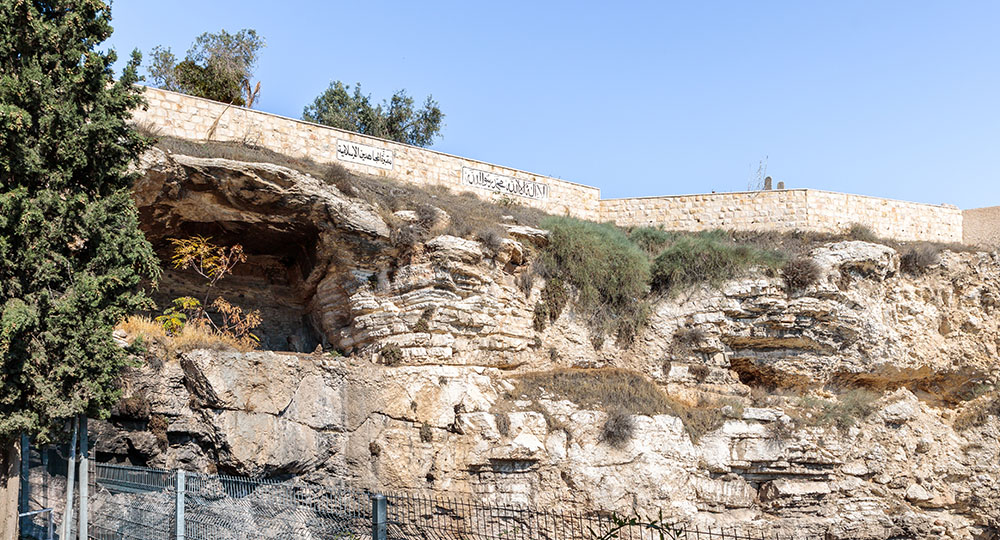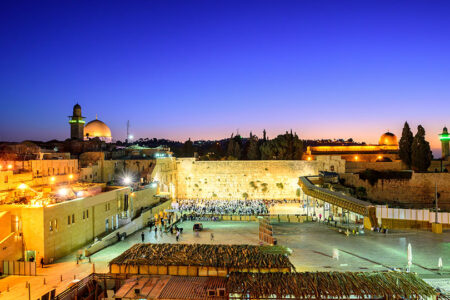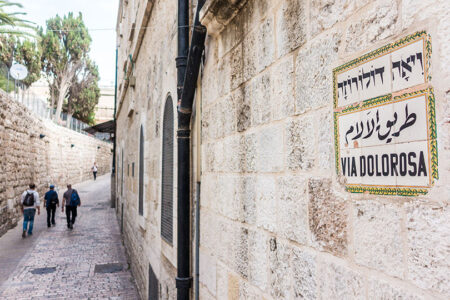Gordon’s Calvary
There is a distinctive, rocky outcropping north of Jerusalem that, in 1842, Otto Thenius, a German preacher, proposed to be the actual place of Christ’s crucifixion. For Pastor Thenius, the outcropping looked exactly like a skull.
He wasn’t alone in his thinking. In 1871, an American Presbyterian minister wrote a book, The True Site of Calvary. In it he supported the same view.
However, the most famous individual who advocated for the site was British officer Major-General Charles George Gordon. A devout Christian, Gordon spent a year in 1883 studying his Bible in Israel, which was then occupied by the Ottoman Turks. He studied the rocky knoll and came to the conviction that, indeed, “skull hill” is where Jesus was crucified. Because of Gordon’s bigger-than-life persona, his name has become associated with the place now known as Gordon’s Calvary.
Gordon identified the site based on his own speculative deductions. He imagined a skeleton overlaid on Jerusalem and placed the skeleton’s pelvis at the Dome of the Rock on the Temple Mount; its legs, southward on the City of David; and its feet, at the Pool of Siloam. With this unusual alignment, the hill north of the Damascus Gate formed the skeleton’s skull. Gordon’s view became popular after his tragic but heroic death in Khartoum, Sudan, in 1885 at the hands of Muslim forces.
There are two places in Jerusalem believed to be the site where Jesus was crucified: Gordon’s Calvary and the traditional site, the Church of the Holy Sepulchre, located in the Old City’s northwest quarter.
Inside the church, a stairway leads up to the possible site of the crucifixion. A Dominican priest, Jerome Murphy-O’Connor (1935–2013), who wrote an illustrated guide of the Holy Land, said this about the Church of the Holy Sepulchre:
One desires holiness, only to encounter a jealous possessiveness: the six groups of occupants—Latin Catholics, Greek Orthodox, Armenians, Syrians, Copts, Ethiopians—watch one another suspiciously for any infringement of rights. The frailty of man is nowhere more apparent than here; it epitomizes the human condition.1
Gordon’s Calvary has experienced significant erosion in recent years; and though it may or may not be where Christ was crucified, it still signifies triumph. Consider what Gordon thought as he looked upon skull hill: “Christ’s sufferings are the full, perfect, and sufficient sacrifice, oblation, and satisfaction for the sins of the world, made once and for ever on the cross.”2
ENDNOTES
-
- Jerome Murphy-O’Connor, The Holy Land: An Archaeological Guide from Earliest Times to 1700, 2nd ed. (Oxford, England: Oxford University Press, 1986), 43.
- Charles George Gordon, Reflections in Palestine (London, England: Macmillan, 1884), 115.
Photo: Adobe Stock









Thank you, this is not news to me, I have seen photos of the outcropping and it’s resemblence to a skull in the past and have always believed this to be the place of our Lord’s crucifiction
I had the privilege of visiting 3 times the Calvary rock, and I believe that Gordon’s Calvary is the real place where our Lord was crucified for us.
Rev. Fernand A. PetitClerc, pastor